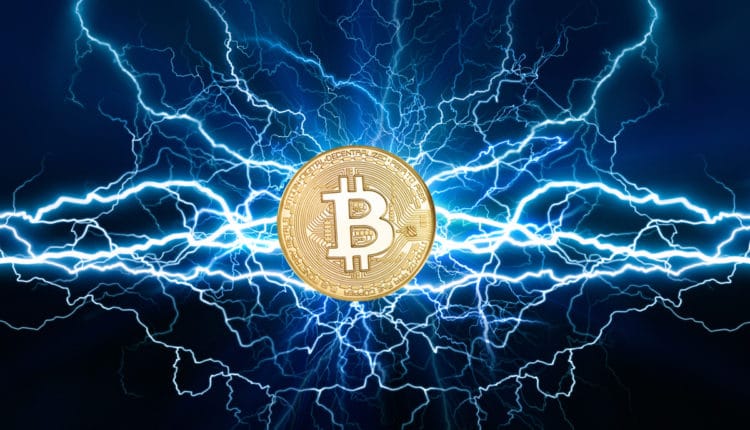
Since it went live early last year, the Lightning Network has skyrocketed. With over 630 Bitcoin (BTC), more than 23,000 channels and a total network capacity of $2 million on the Bitcoin mainnet, according to data from 1ML, LN’s capacity for BTC has had crazy growth, going from 4 to over 600 BTC since last February.
In the last three months, LN’s growth has been even more steep. The release of Casa Lightning Node has been a huge factor contributing to its growth, making it very easy for non-technical users to run an LN node.
But, Casa is not the only reason. Campaigns carried out by the community, like Lightning Torch and the growing number of wallets that support LN, are some of the other reasons for this growth.
The first Lightning implementation by Lightning Labs was launched in beta in March 2018. The other two, by ACINQ and Blockstream, were launched in late March and late June.
Last week, Casa announced the launch of a new browser extension. The software will allow Bitcoin Lightning Network-enabled nodes, to be accessed directly from crypto websites. Casa Extension will make interactions seamless, allowing users to click on a button and make a payment on a website that accepts BTC.
The original Lightning Network white paper was released in February 2015, by blockchain researchers Joseph Poon and Tadge Dryja. Since LN’s introduction, we’ve seen different projects developing on the Lightning Network and others working protocols that use some of the same technology.
One of these projects is Arwen, that wants to be for trading, what LN is for payments. With $865 million lost to hacks on centralized cryptocurrency exchanges in 2018, and more than $1.5 billion in total up to now, Arwen is trying to solve a big problem. Arwen has developed a new protocol that allows traders to have control over their private keys, even when their coins are stored on an exchange. Users maintain self-custody of their coins in their own hardware or software wallet, without having to transfer their keys to a third-party. Last week, KuCoin announced a partnership with Arwen, to offer a non-custodial service to its customer base.
While the technology is still in testing, LN aims to make Bitcoin transactions faster and cheaper. The most remarkable growth metric for LN is the growing number of nodes, with active channels. On average, each node has nearly 8 channels and each channel has an average capacity of $110.
The Lightning Network has become one of the most promising approaches to making Bitcoin a fast, cheap and secure payment network. The technology is still in its infancy and for most people, LN is not relevant. But given the growth we’ve seen, it may very soon be. At this rate the LN’s capacity could exceed a billion, over the next year.
Whether LN is successful or not, in many ways depends on how successful Bitcoin is, in maintaining its lead over other cryptocurrencies. Currently the entire crypto market is valued at $113 billion, with BTC representing 53% and Ripple, the second in line, at 10%. But prices and market cap will not be the only factors, it will also depend on how quickly competition can scale and how seamless the experience becomes for users.
Article written by Ilias Louis Hatzis is the Founder & CEO at Mercato Blockchain Corporation AG
Tradersdna is a leading digital and social media platform for traders and investors. Tradersdna offers premiere resources for trading and investing education, digital resources for personal finance, market analysis and free trading guides. More about TradersDNA Features: What Does It Take to Become an Aggressive Trader? | Everything You Need to Know About White Label Trading Software | Advantages of Automated Forex Trading








